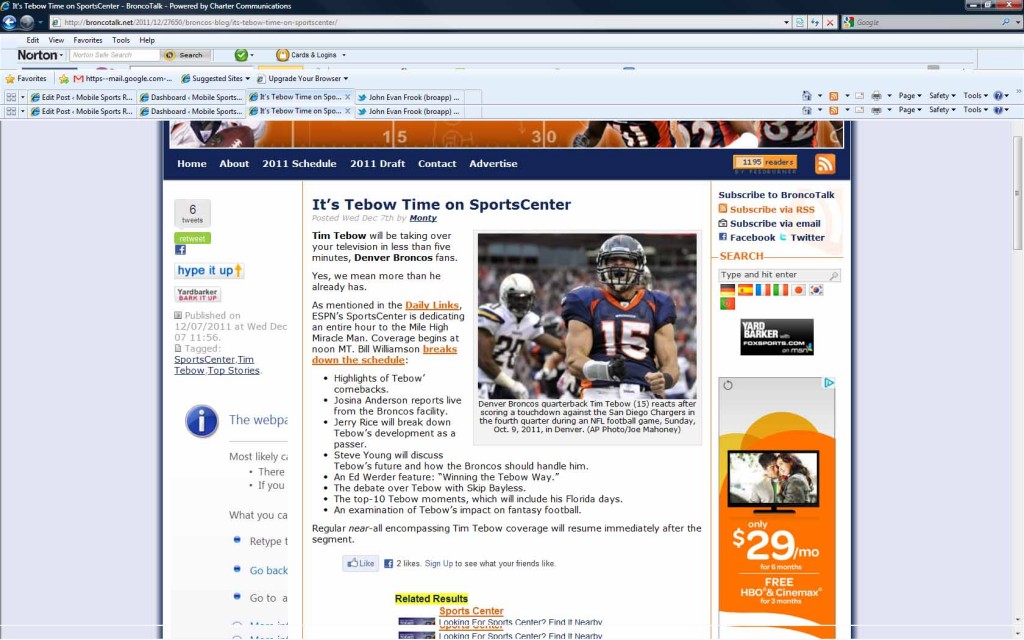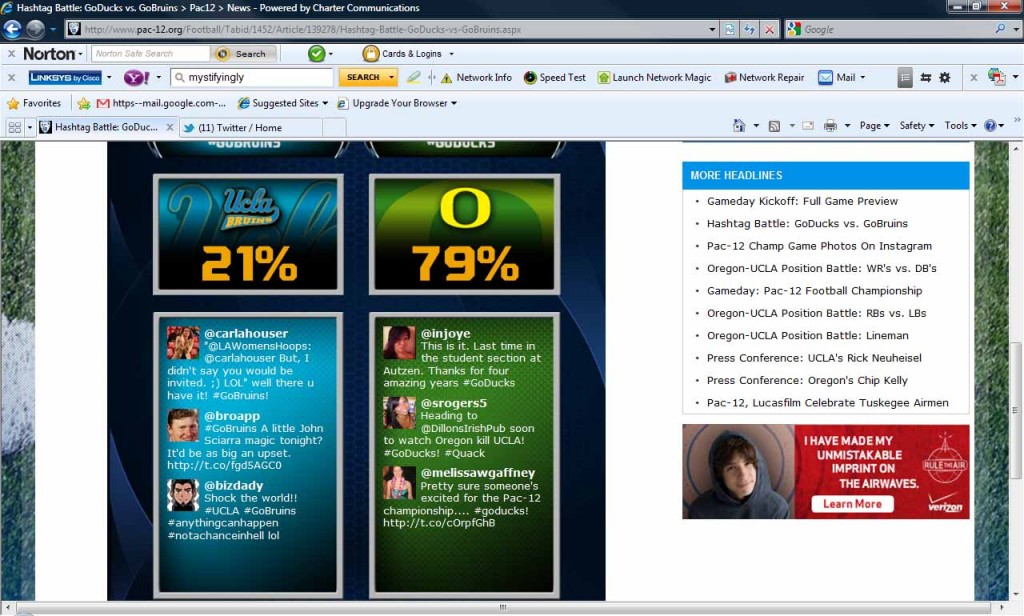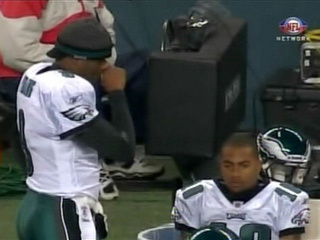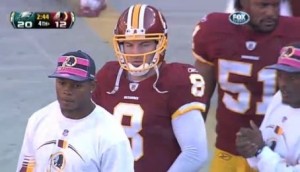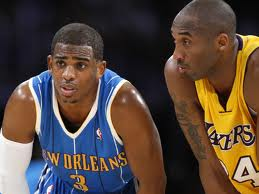 The solution to the National Basketball Association’s most pressing problems, its ownership of the New Orleans Hornets and the disparity of balance among small market and large market teams, is in the palm of David Stern’s hand.
The solution to the National Basketball Association’s most pressing problems, its ownership of the New Orleans Hornets and the disparity of balance among small market and large market teams, is in the palm of David Stern’s hand.
When he’s holding a smartphone or iPhone.
Today the Toronto Maple Leafs and Toronto Raptors were sold for $1.3 billion, and 37.5 percent went to rival Canadian telecommunications companies Rogers Communications and BCE Inc., according to an Associated Press report. As MobileSportsReport.com founder Paul Kapustka points up, the deal is driven by the desire of the telecommunications companies to secure exclusive content for its mobile-phone customers. In a similar way, the NBA could more than bail out the New Orleans Hornets by putting together a telco-centric ownership base. In fact, such a deal could make them competitive. What’s required is a wholly interactive mobile sports broadcast business model. And, it would ensure that small-market New Orleans sports fans would enjoy the same great product and ownership stability that fans in Boston, Chicago, New York, Los Angeles, San Francisco, Dallas, Philadelphia, Miami and Houston get.
The beauty of the solution is it becomes more powerful the more broadly it is applied. We’re talking about an interactive sports network, and the power of a network is proportional to the square of the number of connected users or the system, according to Metcalfe’s Law. Telco ownership of more than one franchise, not just the Hornets, becomes more powerful with each team added. If each team is operated under independent management and makes decisions based on the best interests of the sports fans, teleco ownership would provide the ultimate solution to the NBA’s pressing issues — small-market solvency and competitiveness.
Here’s what would need to happen:
Sell interests in troubled small-market teams to telecommunications companies. Include provisions that call for them to make an earnest attempt to buy out current television broadcast and cable television agreements, and stipulate that the telecos must automatically take over local broadcast and cable agreements at a floor price that matches the current market value of broadcast television and cable deals at the time of expiration if buy-out attempts are unsuccessful. When advertising dollars exceed anticipated broadcast and cable revenues, revenue-sharing bonuses go directly to the clubs. Instead of milking consumers for subscriptions, all local games — not covered by a national broadcast agreement — are aired to consumers for free.
Then:
- Each broadcast begins with opt-in direct marketing.
- The first tier of privacy, where the consumer shares the least information about themselves, may or may not include standard commercials during game breaks.
- Additional tiers of privacy, including opt-in sharing of Facebook, Twitter and other data, gives advertisers the ability to conduct one-to-one or one-to-many interactive direct marketing campaigns.
- The highest level of opt-in calls for fans to provide very specific data about themselves, and can even call on them to pledge attendance at upcoming live events, in exchange for participation in contests, free tickets and other incentives.
For sure, this kind of structure wouldn’t solve the issue of star players wanting to play on the big stage, but it could certainly help small-market teams capable of paying star players the market rate if they were willing to stay. So, it is simplified solution. But Frookie is a simple man, and never claims to be anything else.
The real point is this: It is the real-time, interactive, data-driven marketing opportunity that differentiates the mobile sports viewing opportunity from the traditional sports broadcast. Through experimentation and innovation, telecommunications ownership of a single team can make the commercial portion of any sports broadcast a far more efficient market, and the leading thinkers at Sprint, Verizon, and AT&T know it. The real beauty of the solution is that it becomes more powerful the more teams a telco participates in, because it opens up the possibility to aggregated user data, and broadly distributed direct marketing campaigns. Give telcos the opportunity to build broadcast revenue streams that match those the already rich Los Angeles Lakers and New York Knicks enjoy, and you are well on your way to parity and stability. David Stern and company just needs to get the guts to dial the solution up.
And hey, if it didn’t work? You could always scotch the marketing plans and just sell viewing access to games at a per diem basis because the home viewing experience — by virtue of tablets, smartphones, iPhones, advanced sports information services, in-running gambling, in-running fantasy sports and social media applications — is increasingly competitive with the game experience, anyway.


